Weird, wild and wonderful, Fes is one of the last remaining medieval cities in the world. With an impressive history that dates back over a thousand years, Fes is filled with bustling souks, crowded cafes, captivating Marinid architecture, extraordinary mosques, and authentic madrasas (Islamic schools).
With so much to see and do in Fes, it’s no surprise this north-eastern city is lovingly referred to as Morocco’s cultural capital. Over 90,000 people live in the fortified Fes el-Bali alone, and strolling the chaotic pedestrian streets of the medina is like stepping back in time – don’t miss it.
12. Royal Palace of Fez
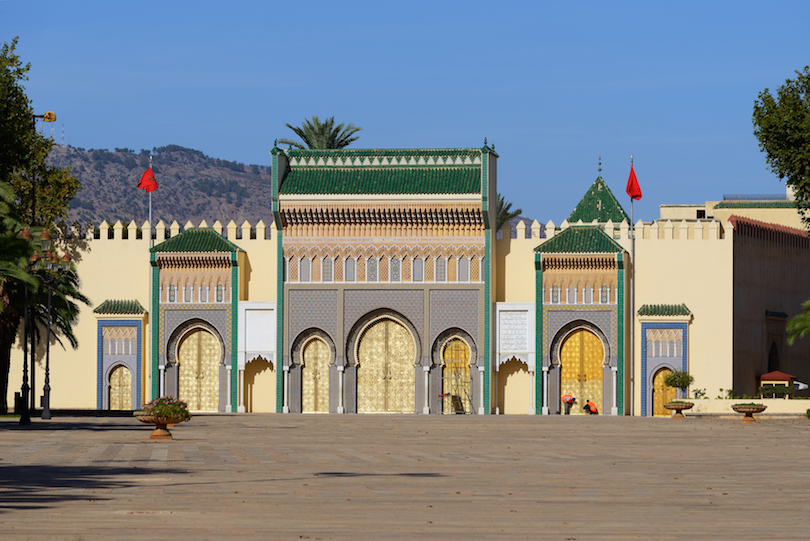
Built in the 1960s, the Dar el Makhzen – or Royal Palace – is one of Fes’s most striking landmarks with its colorful mosaicked architecture, landscaped gardens, and golden doors adorned with enormous handcrafted brass knockers.
As a tourist, you unfortunately cannot explore the grounds of the palace, but you can view it from one of the seven impressive gates, characterized by remarkable Moroccan tiles and carved cedarwood. Despite the lack of access, the Royal Palace of Fez remains one of Morocco’s most visited historical attractions.
Inside the grounds, there’s a 14th-century madrassa for Koranic studies, various mosques, and a museum that’s home to a Carthaginian tomb and necropolis. A plethora of ancient Moroccan artifacts – from Rabat carpets and fine silk to handcrafted pottery and historic manuscripts – lie hidden behind the impressive façade.
11. Aben Danan Synagogue
The Aben Danan Synagogue, also known as the Ibn Danan Synagogue, is a mid-17th-century Jewish synagogue. It was built by Mimoun Ben Sidan, a wealthy trader from the town of Ait Ishaq, to serve the 1,600 Jewish families who were relocated to Fes from Spain.
Once one of just a few synagogues in Fes, this simple synagogue (renovated in the 19th-century) is one of the oldest and most important synagogues in North Africa. It contains one of the last complete sets of Moroccan synagogue furnishings, including the tevah (the reader’s canopy platform) and the two wooden-carved Arks for the Torah.
The synagogue is beautiful with its white and green herringbone tiles, turquoise pillars, embroidered hangings, and glittering chandeliers. Check out Elija’s Chair (used for the circumcision ritual), the original deerskin Torah scrolls, and the mikvah (a ritual bath) in the basement that’s filled by a water source deep underground.
10. Borj Nord
Borj Nord is an ancient fortress in Fes, perched on a hilltop overlooking the medina and its famous Bab Boujeloud. Built in the late 16th-century by Sultan Ahmed Al Mansour as a way of keeping an eye on his people, it’s been operating as an arms museum since 2016.
Today, the Borj Nord houses a varied collection of around 5,000 weapons spread across 13 rooms, ranging from swords and guns to muskets and other weaponry. The 12-tonne cannon used in the infamous 16th-century Battle of Three Kings is a major highlight.
Once you’re tired of admiring the weapons from all eras and different parts of Morocco, climb up to the northern tower and admire one of the best panoramas over the Fes medina. You won’t regret it!
9. Merenid Tombs
The Merenid Tombs are the remains of an ancient 14th-century necropolis that once towered above the Fes medina.
These crumbling tombs were built during the Marinid Dynasty to serve as the final resting place of the royal family. While they were once striking in their heyday – with brilliant marble and vivid epitaphs – what remains after years of looting and exposure is rather mediocre.
Luckily, it’s not the architecture that will have you legging it up the hill to the Merenid Tombs. While they’re definitely worth having a look at, it’s really the views of the Fes el-Bali medina below that make the hike or short taxi ride worthwhile. You’ll have a view over the sprawling medina as well as the hills dotted with human-made caves that locals actually live in.
8. Kairaouine Mosque
The Kairaouine Mosque is Morocco’s second-largest and one of Africa’s largest mosques. With a green triangular-shaped roof and two historic minarets (one of which is the oldest Islamic monument in Fes), it’s one of the most iconic landmarks in the Fes el-Bali medina.
Built in 859 by a female refugee from Tunisia, the original building has been expanded several times and can now cater for up to 20,000 people in prayer. The complex includes fountains, courtyards, and a library that’s one of the oldest in the world – open only to students though.
The Kairaouine Mosque is also debatably one of the oldest universities in the world, second only to Al-Azhar in Egypt. While non-Muslims cannot enter the mosque, they can admire the mosque’s courtyard from the gates or from the rooftop of the Medersa el Attarin.
7. Al-Attarine Madrasa
Located beside the fragrant spice and perfume market in the center of the medina, the Al-Attarine Madrasa is a religious school with some of the most striking Islamic architecture in Fes. Built in the 14th-century, it boasts a gorgeous rectangular courtyard that opens onto a remarkable four-sided prayer hall.
This Marinid courtyard is a feast for the senses with its intricately carved stucco, Arabic calligraphy, tinkling fountain, and blue and green geometrical mosaics covering the walls and floor. While the courtyard is the main appeal of the madrasa, visitors can also see the more recently renovated student accommodation upstairs.
6. Nejjarine Museum
The Nejjarine Museum of Wooden Arts and Crafts is a creative museum spread across three stories of a refurbished 18th-century funduq (an old traveler’s inn). Take your time discovering the impressive examples of fine Moroccan woodwork, ranging from expertly carved doors to handmade musical instruments.
Built around an elegant central courtyard, the museum showcases the differences between the traditional Amazigh styles and the typical Andalusian designs of Fes. Check out the intriguing collection of ancient craftsman’s tools, wooden prayer beads, old Berber locks, and even traditional wedding furniture.
Highlights include the wooden boards that were used by Quranic recitation students and the rooftop café, which offers an exceptional view over the medina.
5. Bab Boujloud
Unlike many of Morocco’s famous landmarks, Bab Boujloud is relatively modern, as it was built only in 1913. Established during the times of French occupation, the arresting cobalt blue archway with its mosaic tiles is a massive, eye-catching landmark in the medina.
What’s interesting about the Bab Boujloud archway is that its mosaics change color from blue on the exterior wall to green on the interior wall – to mark the sacred color of Islam.
You’ll find a host of bustling cafes and restaurants on the other side of the gate, all of which are perfect for people-watching.
4. Jardin Jnan Sbil
A literal breath of fresh air in an often chaotic city, the Jardin Jnan Sbil is one of Fes’ only green spaces, tucked between the Fes el-Bali medina and the Jewish quarter. First built over a century ago, the gardens were neglected for years and then restored in 2011.
Surrounded by the old medieval walls of the Fes medina, these beautifully landscaped gardens are the perfect spot to enjoy a quick lunch on one of the benches.
Tucked within the walkways, you’ll find tranquil fountains, fragrant roses, poplar trees, palms, and ponds. An ancient waterwheel is the garden’s highlight.
3. Bou Inania Medersa
The Bou Inania Medersa is one of Fes’ most architecturally beautiful theological colleges. Built by the Merinid Sultan Bou Inan in the 1350s, it’s one of the only still functioning religious buildings in Fes that’s open to non-Muslims.
And it’s definitely worth exploring. There’s so much so see beyond the striking brass entrance doors. The interior courtyard boasts detailed Moroccan Zellige tiles and carved dark cedar lattice screens, while the mihrab niche boasts impressive onyx columns that are similar to those in the Great Mosque of Cordoba.
Unusually, the Bou Inania is joined to a functioning mosque, so it’s closed to tourists during prayer times.
2. Chaouwara Tanneries
One of Fes’ three working tanneries, the Chaouwara Tanneries is the largest leather workshop in the city. Built in the 11th-century, it’s a constant hive of activity in the already-bustling medina.
Visitors can have a look at the countless round stone vessels filled with dye and liquids used to soften the leather hides and learn about the ancient leather-making process that’s been used in Fes for centuries.
The best time to visit the Chaouwara Tanneries is in the morning when the pits are covered in colorful dye. The best vantage points are from the elevated terraces of the nearby leather shops. It’s the perfect place to pick up a variety of leather products, such as sandals and handbags, at affordable prices.
1. Fes el-Bali
Located in the oldest walled part of the city, the Fes el-Bali is made up of over 9,000 labyrinthine narrow alleyways – so narrow that they aren’t accessible to cars. In fact, the Fes el-Bali is the world’s largest car-free urban area on Earth.
Dating back to the Idrisid Dynasty, where it was the region capital between 789 and 808 AD, the medina is the perfect place to get lost in. With its thousands of nooks, crannies, and snaking passageways, you can easily do it without even trying.
Wander off into the alleys and browse the jam-packed shops and stalls, mosques, and madrasas, leather tanneries, and stalls selling everything from steaming Moroccan tea and fragrant dates and spices to souvenirs. Fes el-Bali is the best-preserved medina in the Arab world, and the ideal spot to soak up the authentic atmosphere of Morocco’s lovable mayhem.
Best Time to Visit Fes
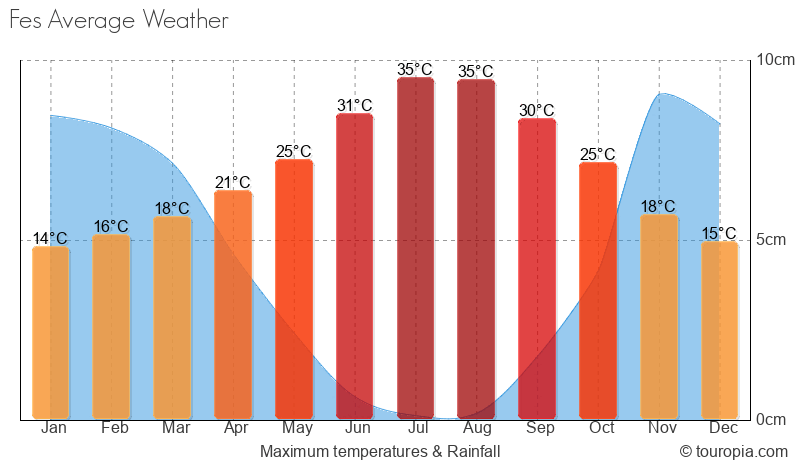
As Fes gets brutally hot in the summer, spring and autumn are usually considered the best times to visit. July and August are still peak season though when prices are more expensive and the center is quite crowded.
Despite the dry, hot days and averages of 33°C (91°F), people pack into the city to explore its medina’s maze-like alleys. Fes hums with activity during these months with its Festival of World Sacred Music also attracting large numbers of visitors in June.
If you want to avoid the worst of the heat, then both March to May and September through November are better times to visit. Although still quite crowded, temperatures of 19 to 30°C (66 to 86°F) are more manageable with September being much hotter than the rest.
Prices rise around Easter and for the vibrant Moussem of Moulay Idriss II Festival that takes over the whole old town each October. When Ramadan falls, Fes is much quieter during the day and livelier in the evenings. Numerous festivities are also held for Eid twice a year.
Due to the Christmas holidays, the city is also busy in December as Europeans escaping the snow come to enjoy Morocco’s mild weather. While averages of 16°C (61°F) are comfortable for wandering about, at night temperatures can be quite cold.

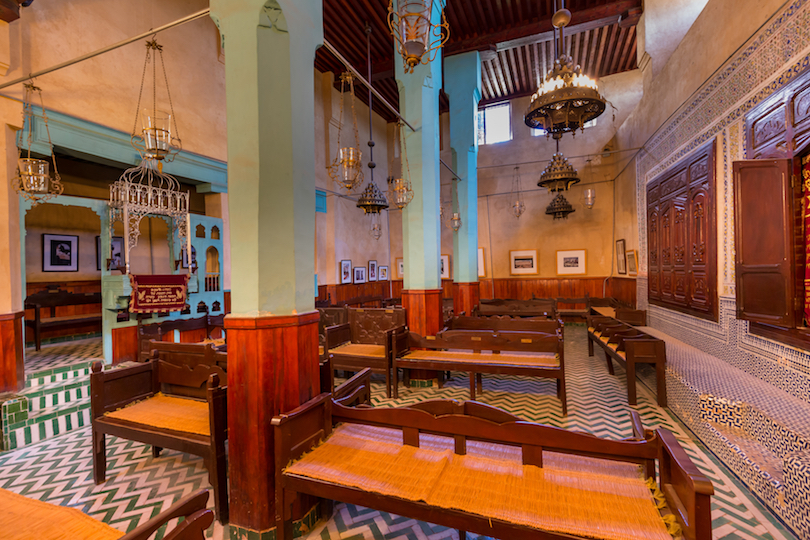
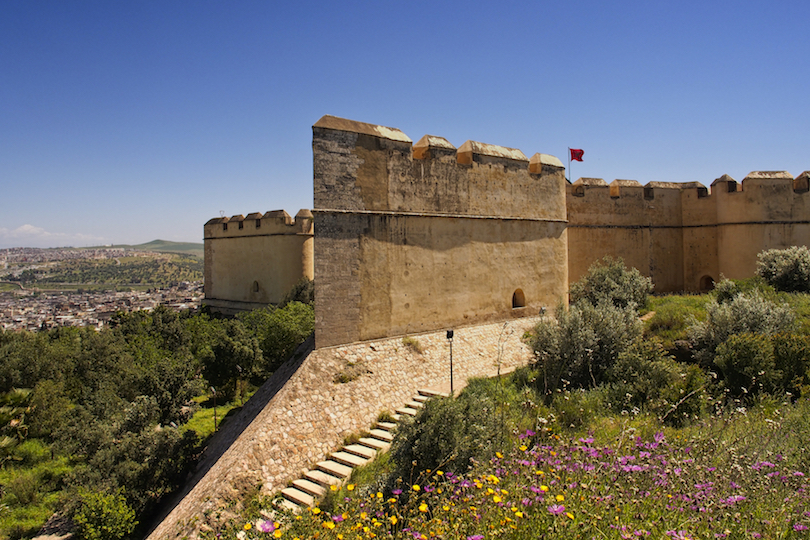
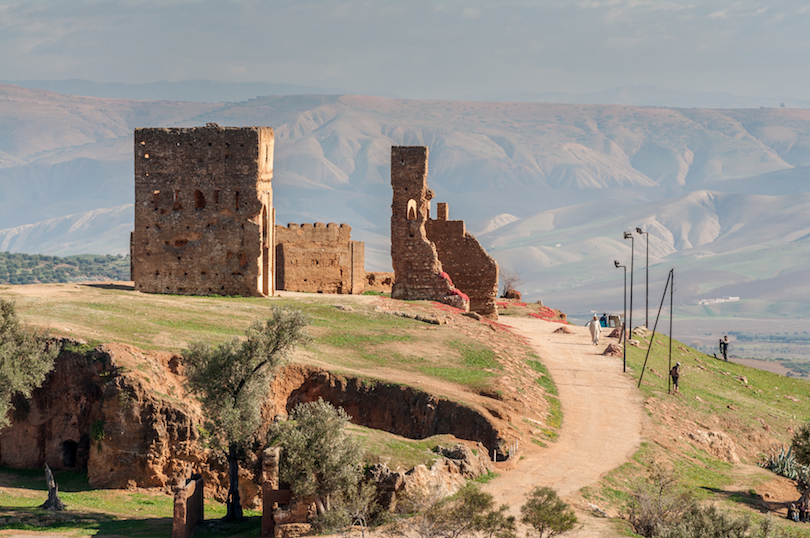
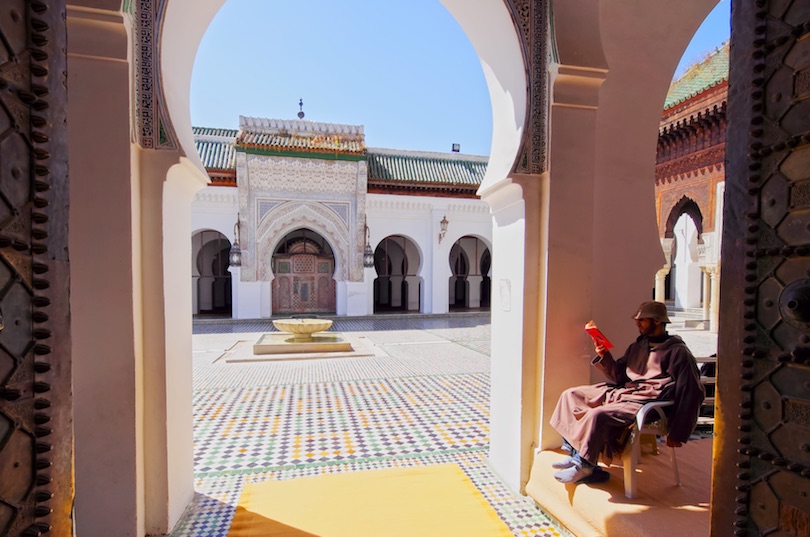
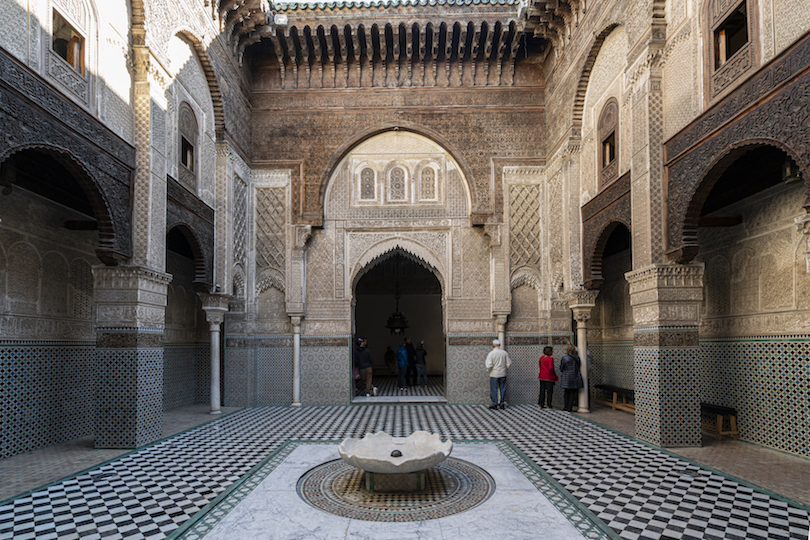
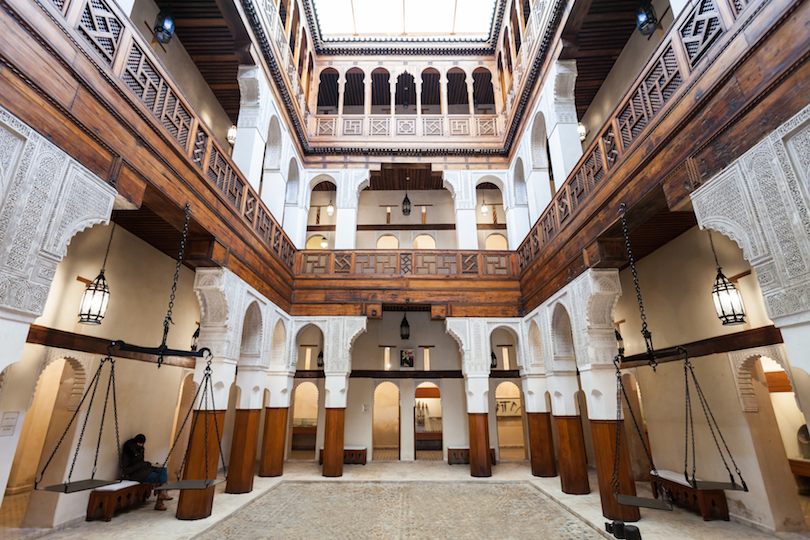
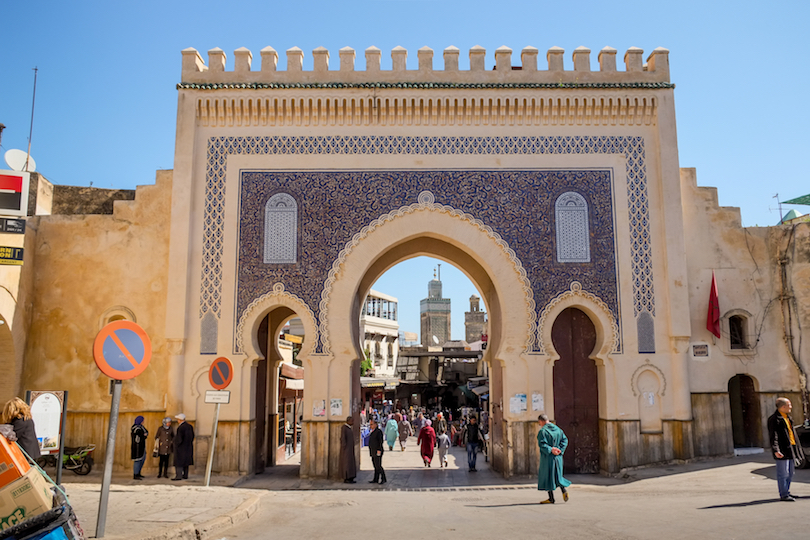
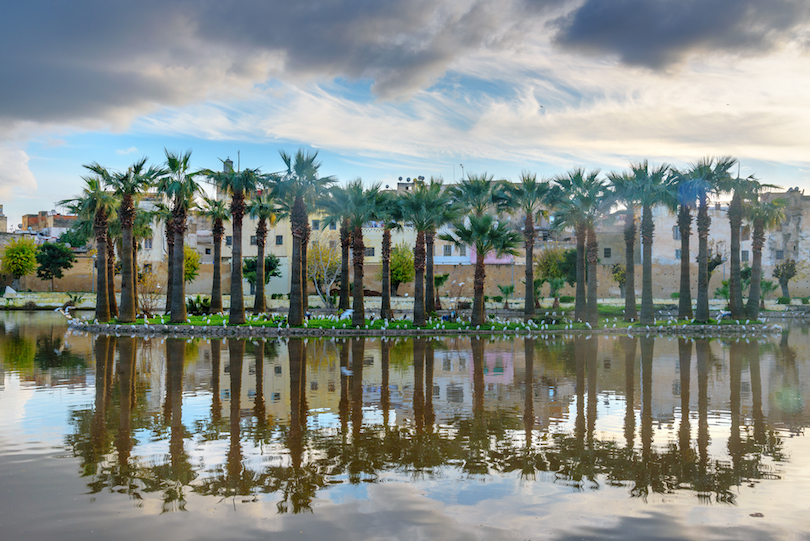
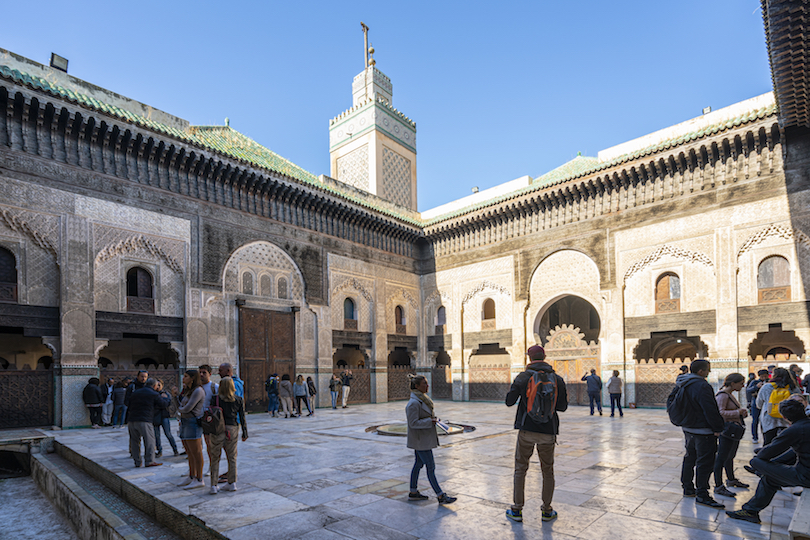
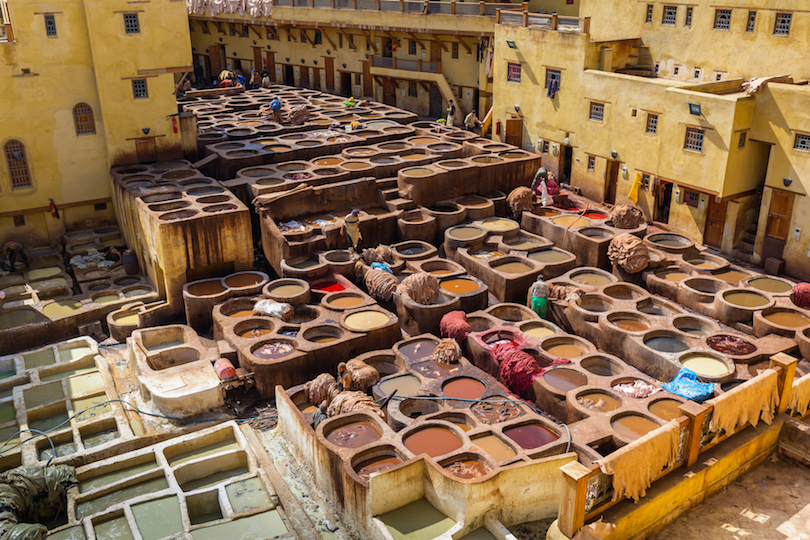
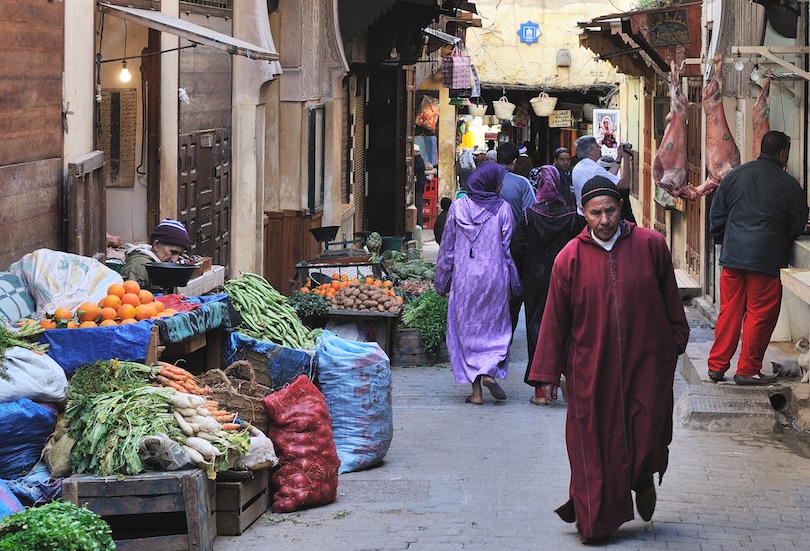

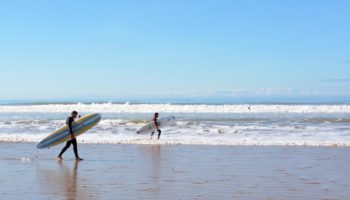
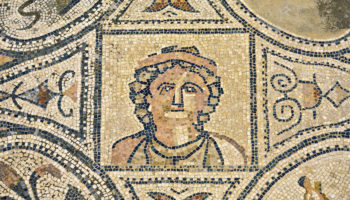

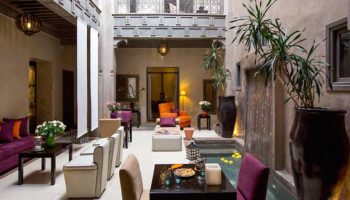
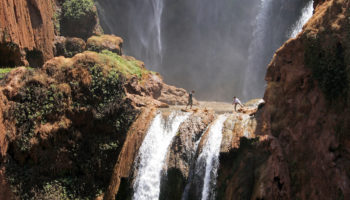
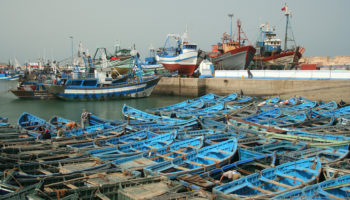
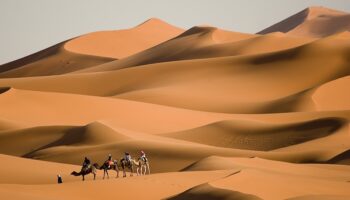

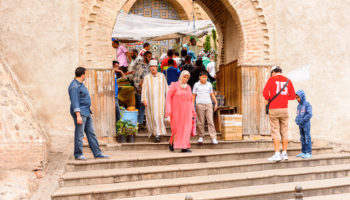
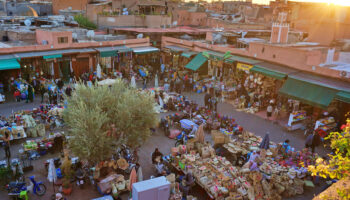

Leave a Reply